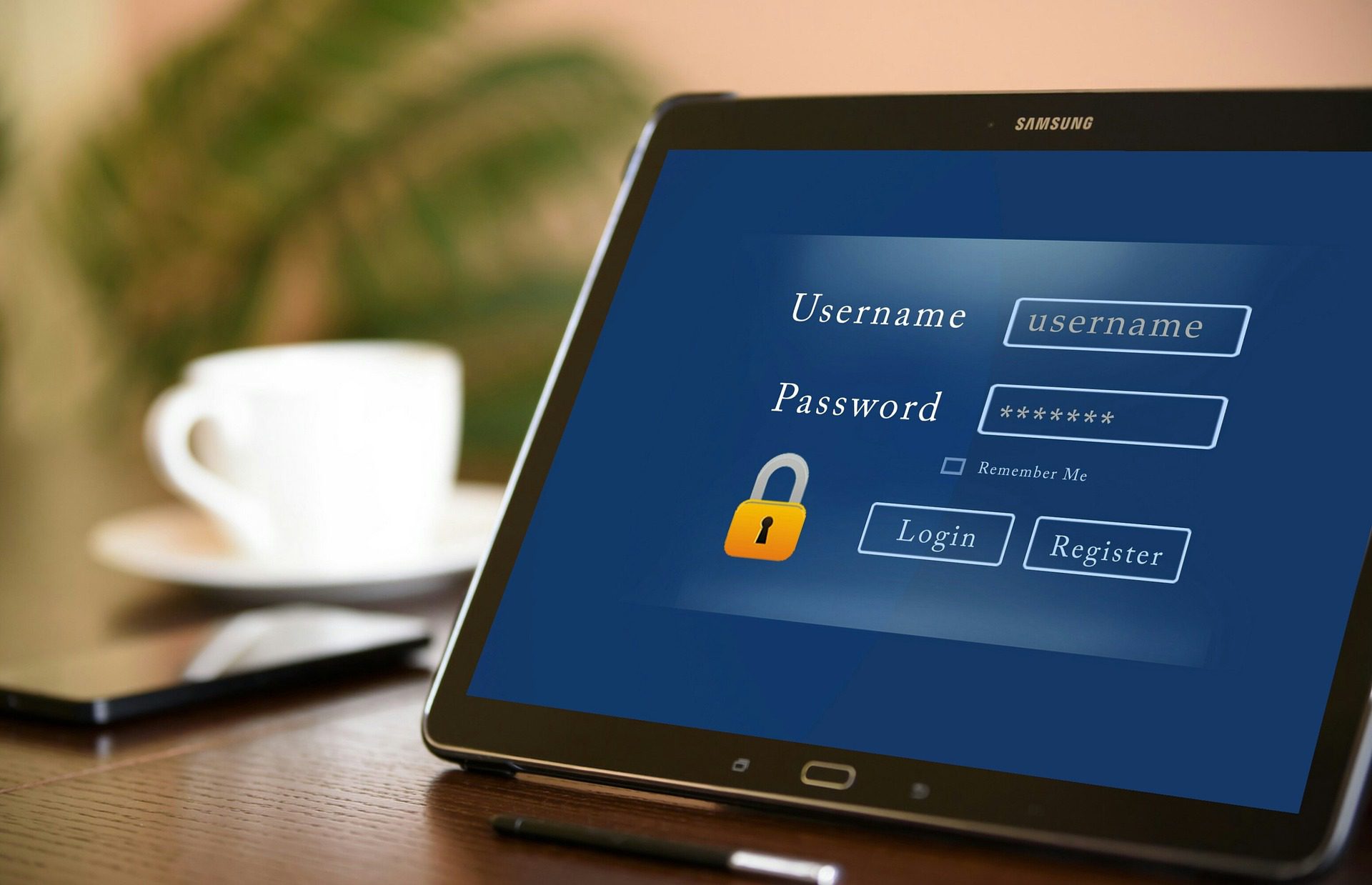Mobile devices have become a central part of our lives, and we rely on them for everything from communication to entertainment and work. With the growing dependence on mobile devices, there is an increasing need to ensure the security of these devices. Smartphones and tablets store sensitive data such as bank account details, personal photos, and important emails, making them an attractive target for hackers.

In this article, we will discuss some tips to protect your mobile device from potential security breaches.
- Passwords and biometrics
The first step to securing your mobile device is to use strong passwords and biometrics such as fingerprint or face recognition. Avoid using simple passwords like 1234 or your date of birth as they can be easily guessed. Instead, use a mix of numbers, letters, and symbols. Also, consider using a password manager app that generates and stores strong passwords for you.
- Keep your device up to date
Operating system updates are crucial to maintaining the security of your mobile device. These updates often include security patches that address any vulnerabilities that hackers may use to exploit your device. To ensure your device is up to date, turn on automatic updates or check for updates regularly.
- Install anti-malware software
Just like computers, mobile devices can also be infected with malware that can compromise your security. Install anti-malware software on your device to protect against malicious software. There are many anti-malware apps available for both Android and iOS devices.
- Use secure networks
Avoid connecting to public Wi-Fi networks that are not secured. Hackers can use unsecured networks to gain access to your device and steal your personal information. If you must use public Wi-Fi, use a VPN (Virtual Private Network) to encrypt your data.
- Be careful with app permissions
When installing apps, be sure to read the permissions they request carefully. Some apps may request access to your contacts, camera, and other personal information. Only grant access to the information that is necessary for the app to function.
- Back up your data
Backing up your data is an essential part of securing your mobile device. If your device is lost, stolen, or damaged, you can easily restore your data from the backup. Use cloud services like Google Drive or iCloud to back up your data regularly.
- Lock your device
Always lock your device with a password or biometric authentication when not in use. This will prevent unauthorized access to your device and protect your personal information.
- Avoid suspicious links
Be careful when clicking on links in emails or messages from unknown sources. These links may lead to phishing sites that can steal your personal information. Always verify the source of the link before clicking.
- Enable two-factor authentication
Two-factor authentication adds an extra layer of security to your device. It requires a second form of verification in addition to your password, such as a code sent to your phone. Enable two-factor authentication for all your accounts to ensure maximum security.
- Educate yourself
Stay informed about the latest security threats and how to protect yourself against them. Regularly read up on security best practices and news related to mobile device security. The more you know about potential security threats, the better equipped you will be to protect your device.
In conclusion, securing your mobile device is crucial to protecting your personal information and privacy. By following these tips, you can minimize the risk of security breaches and ensure the safety of your device. Remember, prevention is always better than cure, so take the necessary steps to secure your mobile device today.